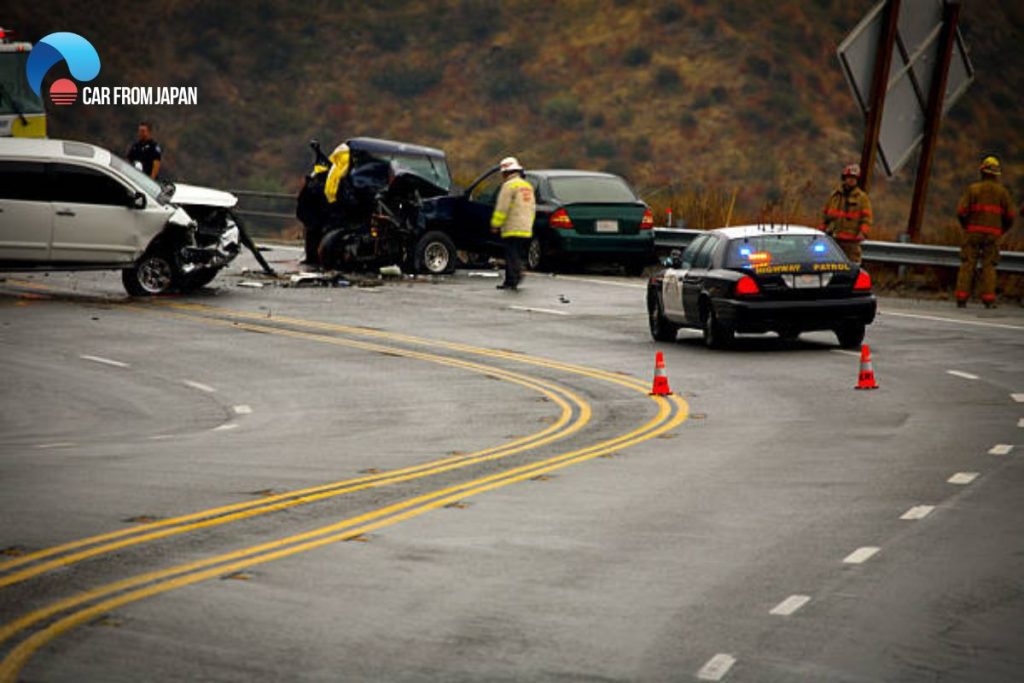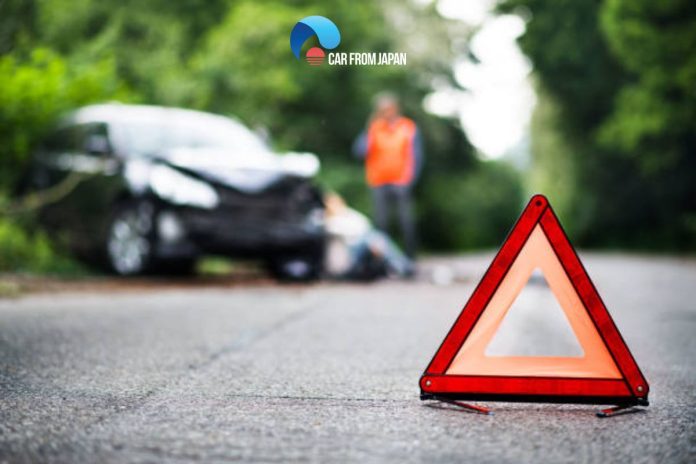The short answer is no, driving in Japan is not more dangerous than driving in the United States. Although many coveted high-performance sports cars like Nissan Silvia 240s are distributed primarily in Japan, Japan’s drivers are, on average, safer on the roads than their American counterparts. Here, an Austin car accident lawyer explores some of the relevant numbers and what might drive them.
The Numbers
Driving is, hands down, one of the most dangerous activities we engage in as a society. Here are some quick global statistics on traffic fatalities from the World Health Organization’s (WHO) Association for Safe International Road Travel (ASIRT):
- Traffic accidents are the leading cause of death for people between the ages of five and 29;
- 1.35 million people die each year in traffic accidents;
- 20 to 50 million people suffer non-fatal injuries in traffic accidents each year;
- An average of 3,700 people die in traffic accidents each day.
- On average, someone dies in a traffic accident every 24 seconds.
- People between the ages of 15 and 44 account for more than half of those deaths; and
- Pedestrians (28%) and motorcyclists (23%) account for 51% of traffic deaths.
On top of this, traffic accidents are the leading cause of death for healthy U.S. citizens traveling abroad. Further, while low- and middle-income countries represent only about 60% of the world’s vehicles, they account for more than 90% of the world’s traffic deaths each year.
United States

The United States has the dubious honor of having the highest fatality rate among nineteen of the world’s most similar countries. Here are some of the statistics:
- An average of 90 fatalities occur each day on U.S. roads;
- 33,654 fatal crashes killed 36,560 people on U.S. roads in 2018;
- The 2018 fatality rate was 11.2 per 100,000 people in the U.S.; and
- Among states, the 2018 fatality rate was between 4.4 (Washington D.C.) and 22.2 (Mississippi) per 100,000 people.
The U.S. Centers for Disease Control (CDC) calculates that we could save 18,000 lives each year if the U.S. had a fatality rate similar to the nineteen other comparable countries.
Japan
In Japan, there are far fewer traffic fatalities each year than in the U.S. In 2019, there was a record low of 3,215 traffic fatalities in Japan. Because Japan has a far smaller population than the United States, the rate of traffic fatalities is more useful for comparison than the total. Still, Japan is far behind the United States in fatality rate, with 2.54 per 100,000.
The traffic fatality rate was not always so low in Japan. During the 1960s and 70s, Japan experienced “kotsu senso”—the Traffic War. At its peak in 1970, the fatality rate was 16.33 per 100,000.
The Traffic War was generally caused by an explosion in the number of cars on Japan’s roads. Technology, road maintenance, and driving methods and culture had not kept up with the increase in drivers and vehicles.
In response, in 1970, the Traffic Safety Policies Basic Act was passed to promote traffic safety, improve road maintenance, and impose vehicle safety requirements. While the Act was a success, for the most part, traffic fatalities again surged in the 1980s. Subsequent Traffic Safety Policies Basic Acts have successfully brought the fatality rate back down to the point it is at today.
The United States has sought to improve traffic safety during the same time, but it still has a much higher fatality rate. To explain this, we look at a few factors in the two countries and assess their differences.

Seatbelt Use
Seatbelts are an essential safety feature in cars that dramatically reduce the risk of death or serious injury. Seatbelt use can cut the risk of death in a traffic accident by 45% and the risk of serious injury by 50%.
People riding in cars without a seatbelt are 30 times more likely to be flung from a vehicle in a crash than someone wearing a seatbelt. Still, all too many people drive or ride in cars without seatbelts.
One in seven U.S. vehicle occupants does not regularly wear their seatbelt. In addition, some 50% of all individuals killed in car accidents in the U.S. are not wearing their seatbelts (or over 15,000 each year).
Japan is one of the 93% of countries with seatbelt regulations that have a “primary enforcement” designation. A primary enforcement designation means that a car may be pulled over solely because of a given rule violation.
So, any time a driver or one of their passengers is not wearing their seatbelt, they can be pulled over in Japan. On the other hand, in the U.S., nineteen of the fifty states do not have a primary enforcement seatbelt law.
This means the U.S. lags behind other nations in seatbelt use enforcement, which likely contributes to the fatality rate on U.S. roads.
Drunk Driving Laws
One of the other factors contributing to the difference in fatality rates between American and Japanese drivers is each country’s treatment of drunk driving. Driving drunk is well known globally as one of the most dangerous behaviors a driver can engage in.
The World Health Organization estimates that nearly 20% of all fatal traffic accidents in high-income countries like the U.S. and Japan involve a drunk driver. Generally speaking, Japan’s policy toward drunk driving is much harsher than what is found in the U.S.
Japan’s current drunk driving policy came into effect in 2002. After the current system came into effect, the number of drunk driving deaths dropped immediately by nearly 50%, and that drop rose to 80% in the following few years. The 2002 rules contain a zero-tolerance policy.
With a BAC between .03% and .04%, a driver faces up to three years imprisonment on top of fines. Above .04%, that jumps to five years imprisonment and brings immediate revocation of the driver’s license.
Also, passengers caught riding with a drunk driver face prosecution, as do restaurants and bars that serve alcohol to drunk drivers. As a result of these harsh penalties, most Japanese simply will not drive after having even one drink.
In the U.S., the penalties in the various states are not as harsh. As a result, drunk driving claims more than 10,000 lives each year. While the U.S. lacks a federal law on drunk driving, every state has its own.
Unlike in Japan, where BACs of .03% are prosecutable, the prosecutable BAC in the U.S. is often .08%, and BAC can reach .15 or even .2% before harsher penalties are imposed. Many states impose a license suspension on first-time offenders between 90 and 180 days, but in some states, this number is as low as seven days (in Virginia) or 30 days (in North Carolina).
Simply put, drunk driving is not given as serious a punishment in the U.S. as it is in Japan. Furthermore, unlike in Japan, there is no national DUI policy in the U.S. As a result of the lack of national policy and the less severe nature of sanctions, the U.S. sees more drunk driving deaths each year than Japan does.
Whereas American drivers may see driving after a couple of drinks as a calculated risk one takes, drivers in Japan do not. Instead, drivers in Japan see driving after drinking any amount of alcohol as something they just don’t do.
Other Factors
Many other factors likely contribute to the difference between the danger of driving in the U.S. and Japan. Cultural differences may play a large role, just as differences in traffic safety enforcement, traffic control device efficacy, and vehicle safety features may play equally large roles. However, at the end of the day, one thing is clear: driving in Japan is no more dangerous than driving in the United States.



